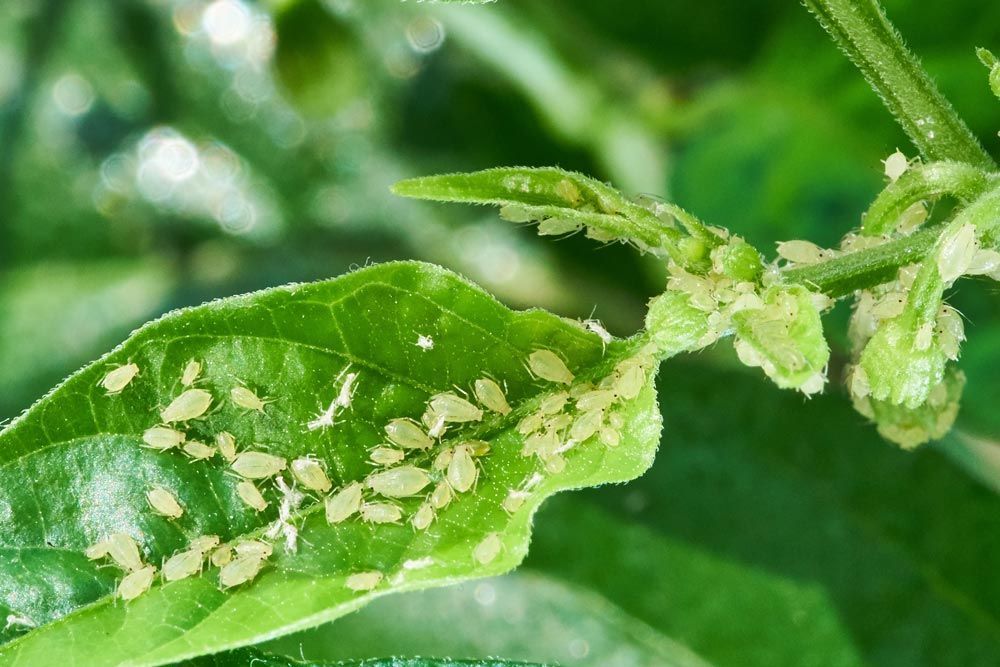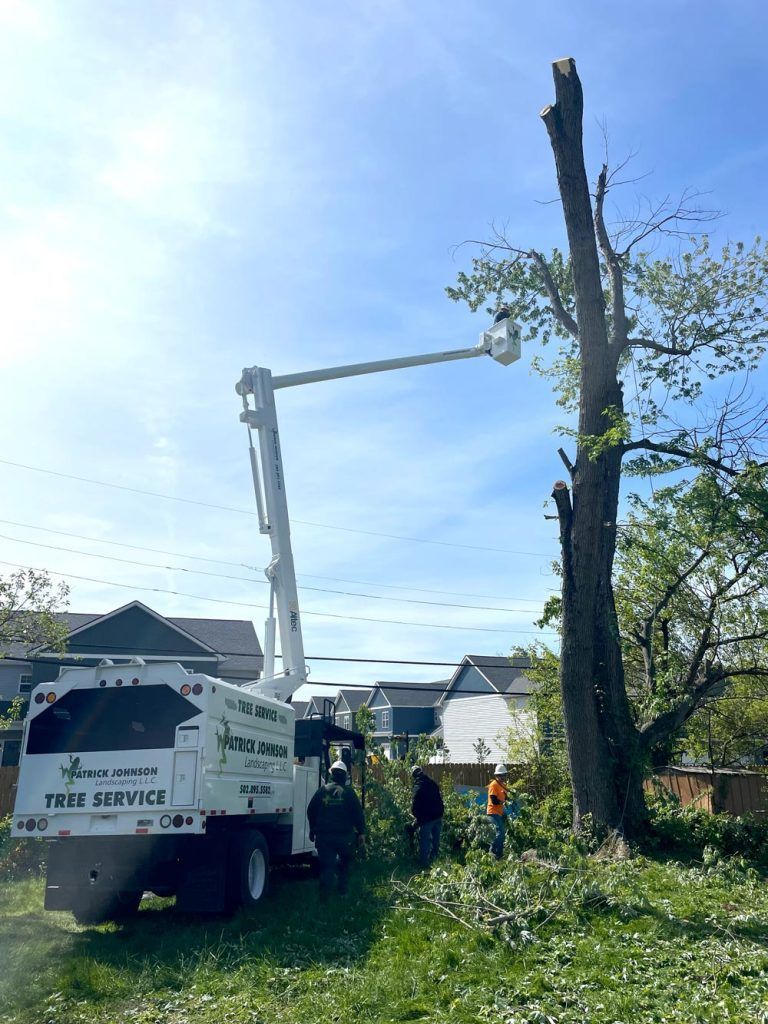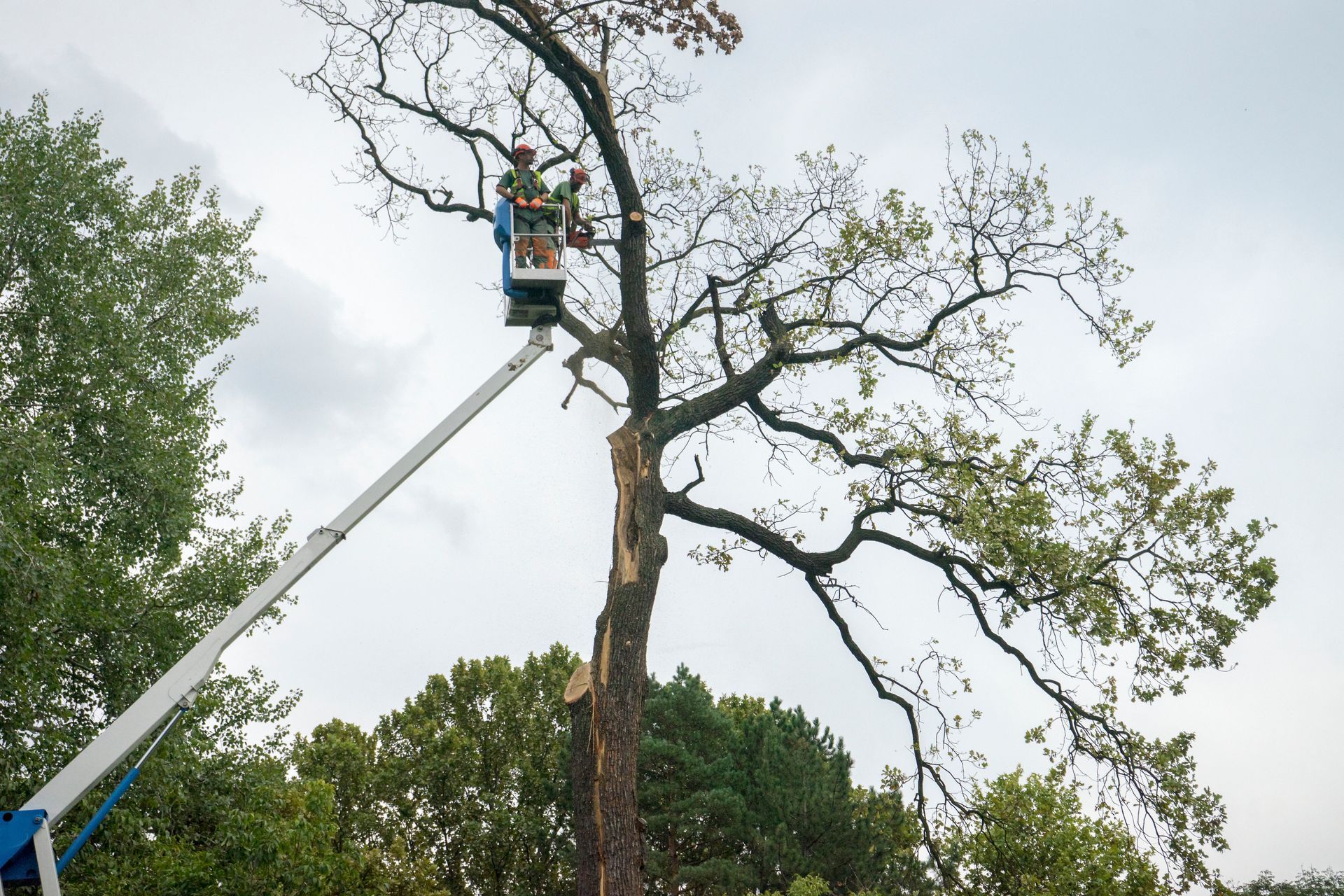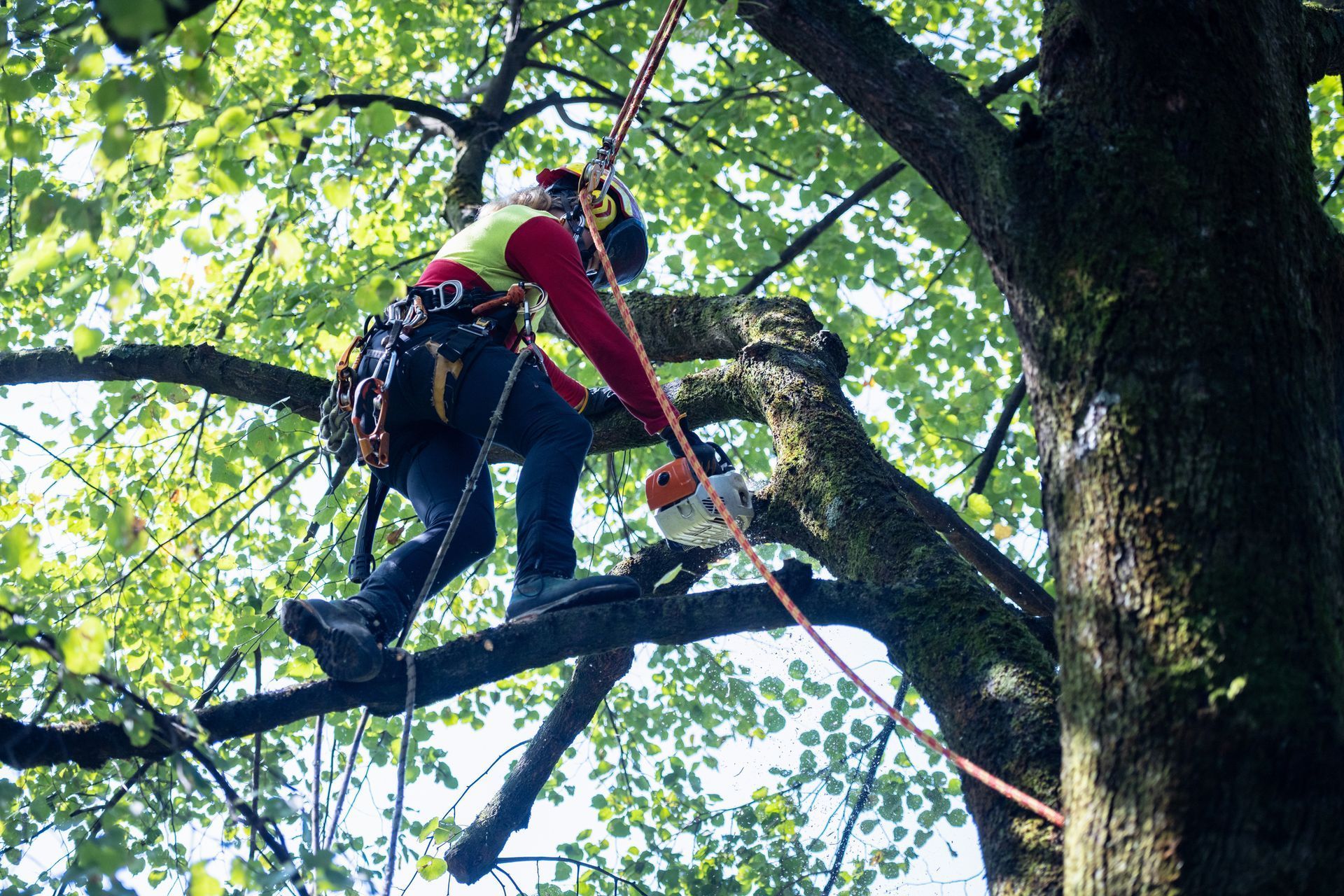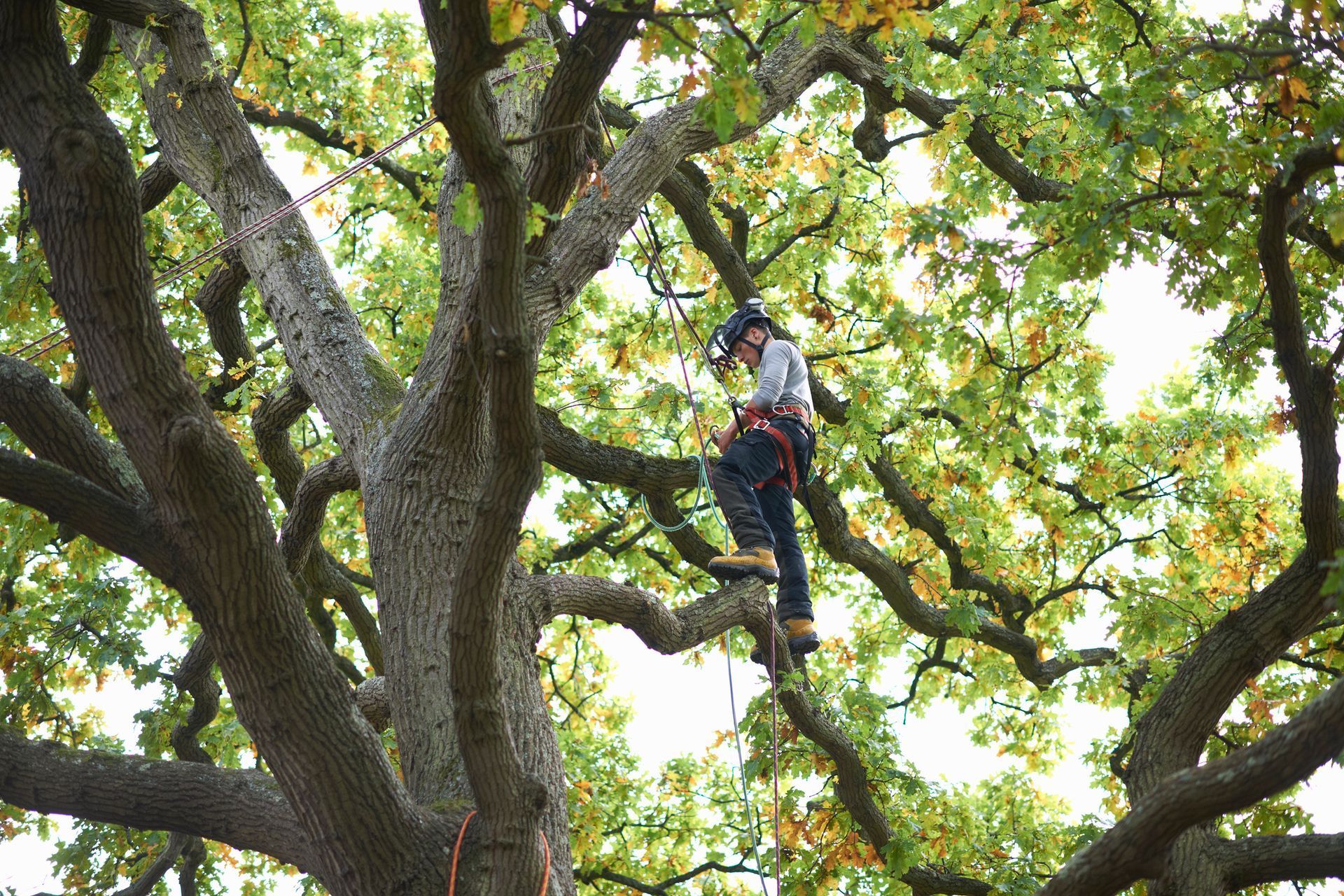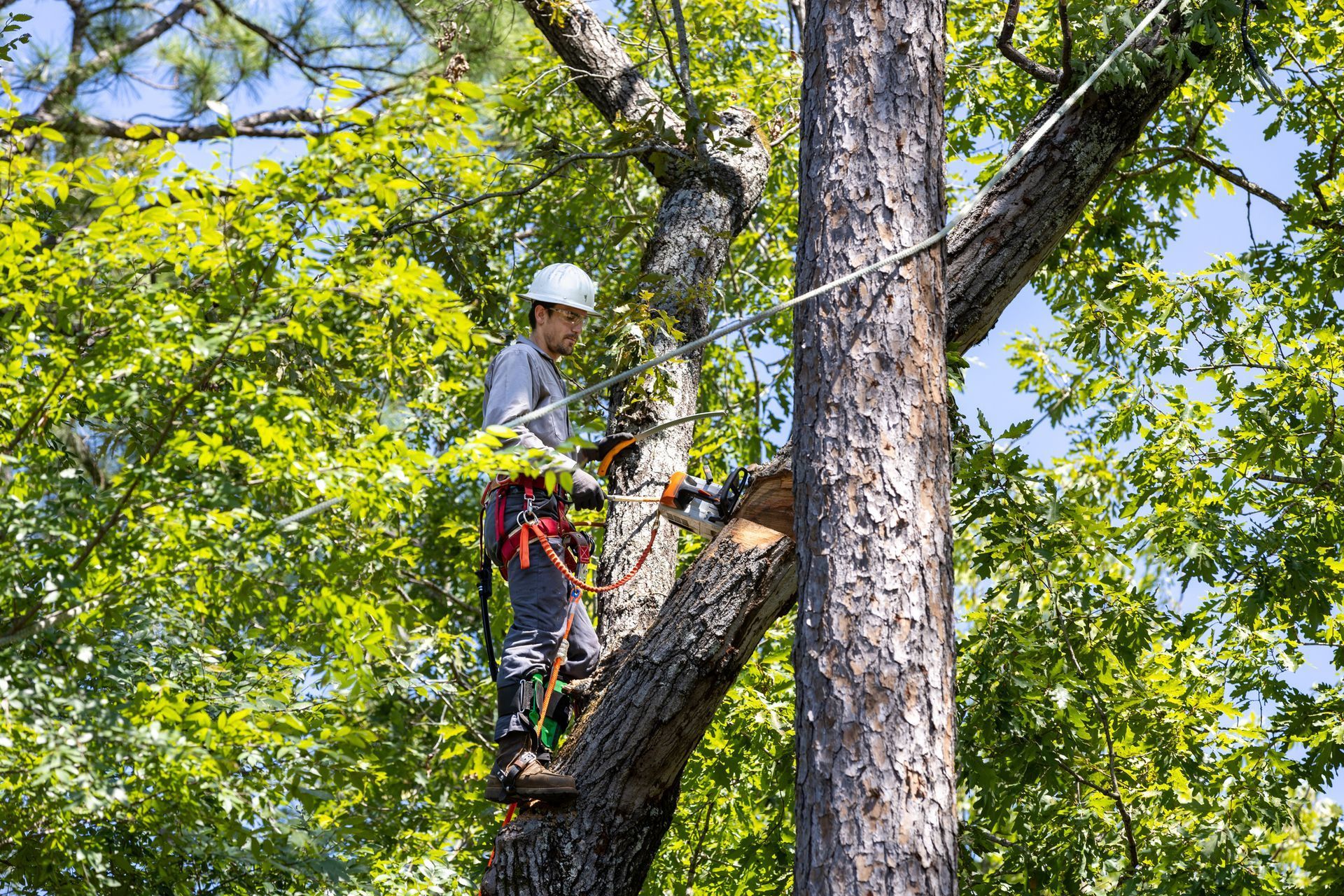What is Boxwood Blight? Understanding the Threat to Your Landscape
Boxwood blight is a serious fungal disease that poses a significant threat to boxwoods—a staple in many American landscapes due to their dense foliage, elegant shape, and year-round greenery. For homeowners who treasure the look of a well-manicured yard, understanding boxwood blight is crucial to protecting your plants and maintaining a beautiful landscape.
What Causes Boxwood Blight?
Boxwood blight is caused by a fungus known as Calonectria pseudonaviculata (formerly Cylindrocladium buxicola ). This pathogen thrives in warm, humid conditions and spreads quickly under the right circumstances.
Common Conditions for Boxwood Blight
- High Humidity : Overhead watering and humid climates create the ideal environment for fungal growth.
- Crowded Plantings : Poor air circulation allows moisture to linger, promoting infection.
- Contaminated Tools or Plants : The disease can spread through infected pruning shears, soil, or even newly purchased plants.
Signs and Symptoms of Boxwood Blight
Early detection is key to managing boxwood blight. Keep an eye out for these telltale symptoms:
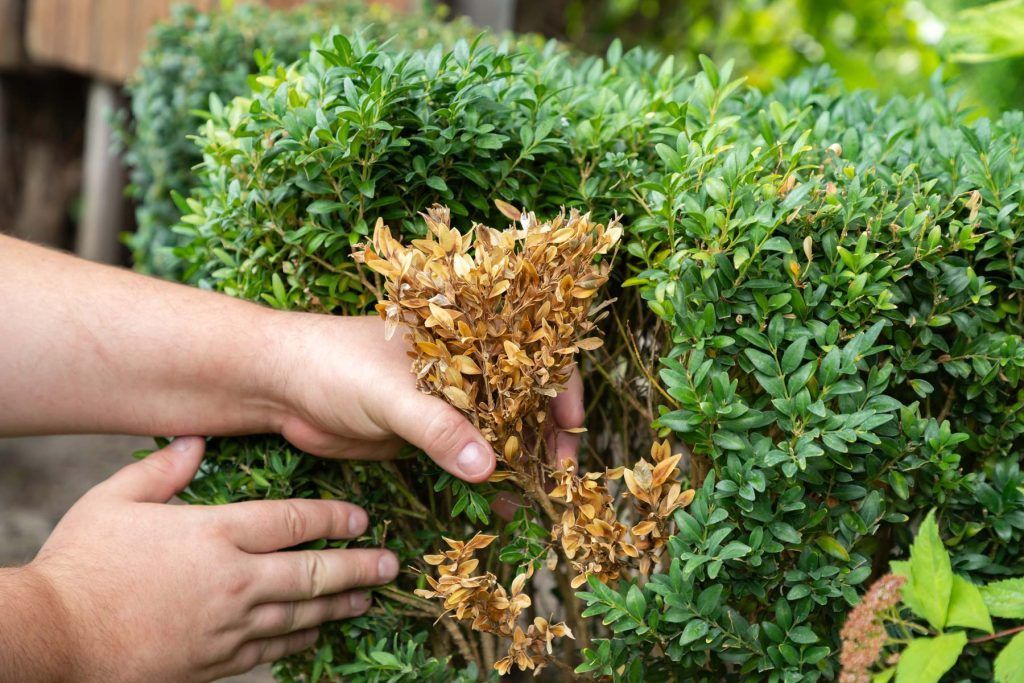
1. Leaf Spotting
Brown or tan circular spots appear on the leaves, often with darker borders.
2. Defoliation
Infected leaves quickly turn yellow or brown before falling off, leading to significant defoliation.
3. Black Streaks on Stems
Dark streaks form on the stems, indicating that the fungus has spread internally.
4. Rapid Decline
Unlike some plant diseases that progress slowly, boxwood blight can devastate a plant in just a few weeks under favorable conditions.
How Does Boxwood Blight Spread?
The disease spreads primarily through spores, which can be carried by:
- Rain and Wind : Splashing water spreads spores to nearby plants.
- Human Activity : Contaminated tools, clothing, or shoes can transfer the fungus.
- New Plant Material : Infected nursery plants introduce the disease to your landscape.
Can Boxwood Blight Be Prevented?
Preventing boxwood blight requires vigilance and proper cultural practices:
- Choose Resistant Cultivars : Opt for boxwood varieties less susceptible to the disease, such as Buxus microphylla (‘Wintergreen’) or Buxus sinica var. insularis (‘Franklin’s Gem’).
- Practice Proper Spacing : Allow adequate space between plants to improve airflow and reduce moisture retention.
- Use Mulch : A layer of mulch can reduce soil splash, which is a common way spores reach leaves.
- Avoid Overhead Watering : Water at the base of the plant to keep foliage dry.
Is Boxwood Blight Treatable?
While there is no cure for boxwood blight, proactive measures can help manage the disease:
1. Remove Infected Plants
To prevent further spread, infected plants should be removed and destroyed immediately. Do not compost them, as the fungus can survive and reinfect your yard.
2. Sanitize Tools
Disinfect pruning shears and gardening tools with a bleach solution after use.
3. Fungicide Application
Fungicides can help prevent the spread of boxwood blight but are not a cure. They should be applied regularly to healthy plants as a preventive measure.
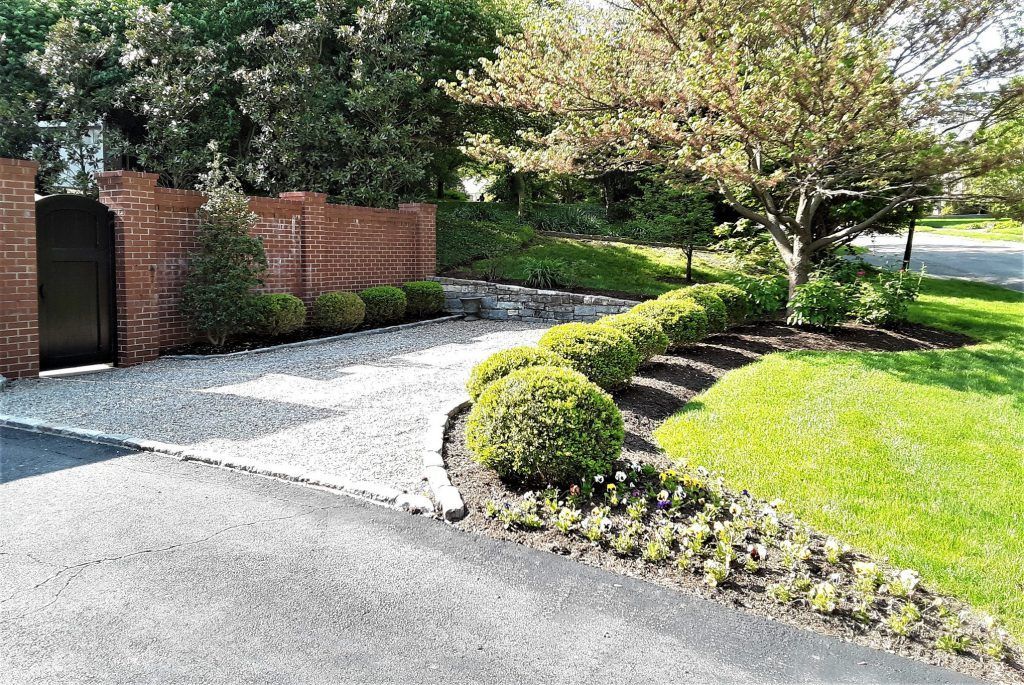
How Patrick Johnson Landscaping Can Help With Boxwood Blight
Managing boxwood blight requires expertise and vigilance. At Patrick Johnson Landscaping, our team of experienced arborists and horticulturists can:
- Assess your landscape for signs of boxwood blight.
- Recommend resistant cultivars for future plantings.
- Provide professional fungicide applications and cultural care.
- Remove and dispose of infected plants safely.
Protect Your Landscape Investment
Boxwoods are a valuable part of your landscape, and proper care ensures their beauty and health for years to come. Don’t let boxwood blight compromise your yard.
You Can Rely on Patrick Johnson Landscaping for Healthy Boxwoods
Whether you’re battling boxwood blight or looking to protect your plants proactively, Patrick Johnson Landscaping is here to help. Contact us today for expert advice, maintenance, and care to keep your landscape looking its best year-round!
